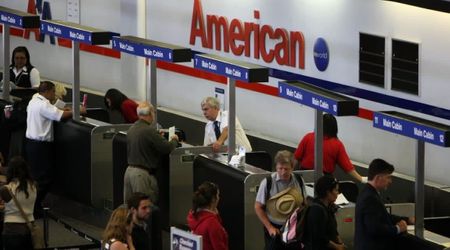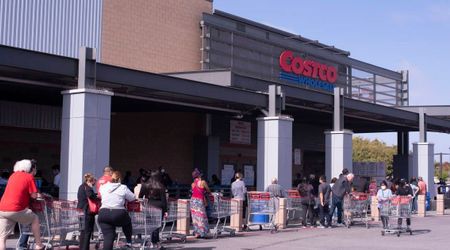Here's how Changing Financial Conditions are Affecting the Size of American Families

As the cost of living along with rent and property rates goes up while the workplace and income levels undergo a shift, the gradual impact of these factors on society comes into focus. The latest effect of financial stability on society has been the shrinking size of families across the US as expenses associated with childcare, housing, and unforeseen emergencies have increased over the years.

The price of raising kids
The World Bank has reported a significant drop in the average American family size, from 3.65 children in 1960 to about 1.64 in 2020. Sociologists attribute this trend to various factors, including the changing landscape of businesses and the advent of birth control pills. However, when the National Center for Health Statistics investigated the reasons behind smaller families, the top factor cited wasn't birth control accessibility but the exorbitant cost associated with raising children.
State data reveals the average annual cost of child care is approximately $9,200, causing financial strain for families, while an individual shared that the daycare bill for two children goes up to $36,000 per year and beyond. The shift toward both partners working full-time has also brought about unforeseen challenges to the American dream.
U.S. Senator Elizabeth Warren's book, "The Two-Income Trap, Why Middle-Class Parents Are Going Broke," delves into the financial strain faced by dual-income families. The demand for housing, cars, and college education has created a bidding war, making it more of a necessity than a perk to have two earners in the family.
Beyond home ownership, financial stability requires emergency savings, an aspect where many Americans fall short. A Bankrate survey indicates nearly one in four U.S. adults has no emergency savings, and a significant portion of the population relies on credit cards to navigate unforeseen expenses. With Americans collectively carrying over a trillion dollars in credit card debt, financial challenges, including student loans, pose significant obstacles.
While millennials may be on a better track for retirement due to automatic enrollment in 401Ks, Baby Boomers and Gen Zers are lagging behind as well. As Social Security faces depletion within a decade, the strain on government assistance and potential cuts to benefits loom large, leaving individuals grappling with financial uncertainties.

A guide for parents
In navigating the complex world of finances, parents play a crucial role in preparing their children for future financial stability. This is why it is essential to employ practical strategies to set your children on the path to financial success.
Research from the University of Michigan reveals that by age five, children begin developing emotional reactions to spending and saving, shaping their real-life spending behaviors. However, the latest "Parents, Kids, & Money" survey by T. Rowe Price indicates that most parents initiate financial discussions with their children only around age 15. Financial guru Dave Ramsey recommends starting early, employing a clear jar as a visual aid for cash-saving.
With personal finance education not mandated in public schools, parents must bridge the gap. The T. Rowe Price report reveals that 33% of parents discuss money matters with their children once a month, while 4% never broach the subject. Over a third view money talk as a taboo. To counter this, openly discuss family finances with your children. Engage them in activities like grocery shopping, setting budgets, and searching for coupons together.
Encourage children to have their own financial tools, since students with bank accounts score higher in financial literacy. While guiding them under your watchful eye, allow your children to experience consequences for their financial choices.



















